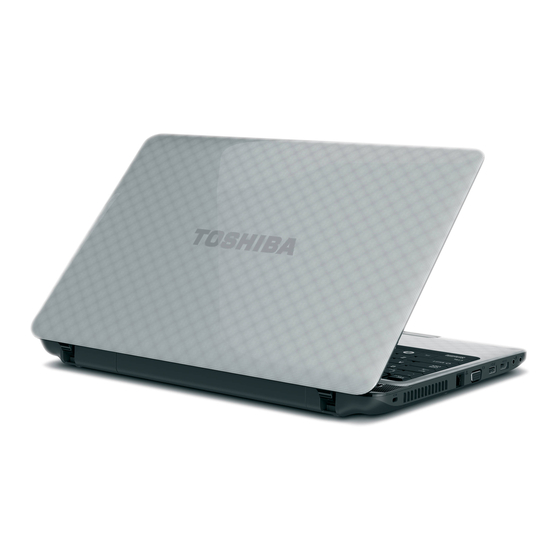
Toshiba Satellite L750 Series User Manual
Hide thumbs
Also See for Satellite L750 Series:
- Workshop manual (179 pages) ,
- Disassembly manual (13 pages)
Table of Contents
Advertisement
Quick Links
Advertisement
Table of Contents







Need help?
Do you have a question about the Satellite L750 Series and is the answer not in the manual?
Questions and answers
Cannot unlock Administrater password have tried all I know. Can’t fine the jumper to reset.
To reset the administrator (supervisor) password on a Toshiba Satellite L750 Series laptop:
1. Click Start.
2. Go to All Programs → TOSHIBA → Utilities → TOSHIBA Assist.
3. Select SECURE → Supervisor password.
From there, you can:
- Register a new supervisor password.
- Delete the existing supervisor password (you must know the current password).
- Specify restrictions for general users.
If you do not know the current supervisor password, you cannot reset it using this method.
This answer is automatically generated